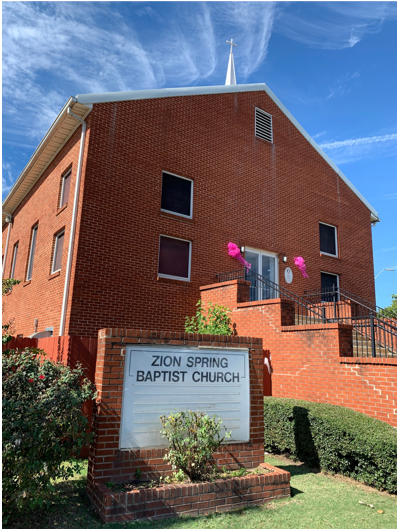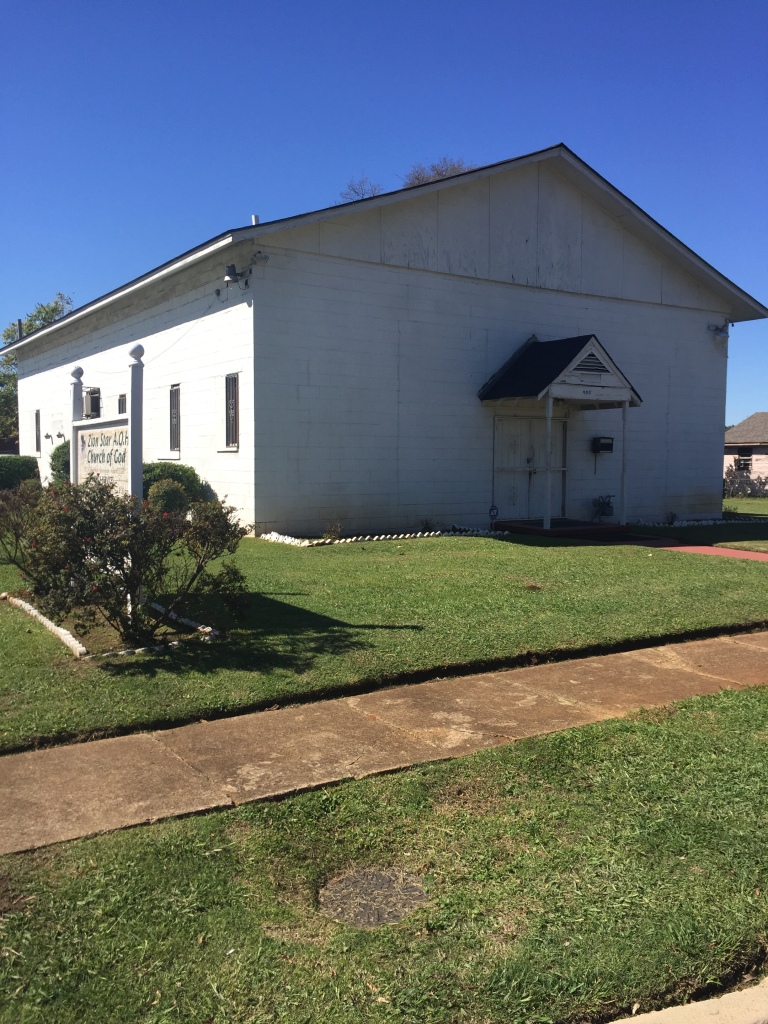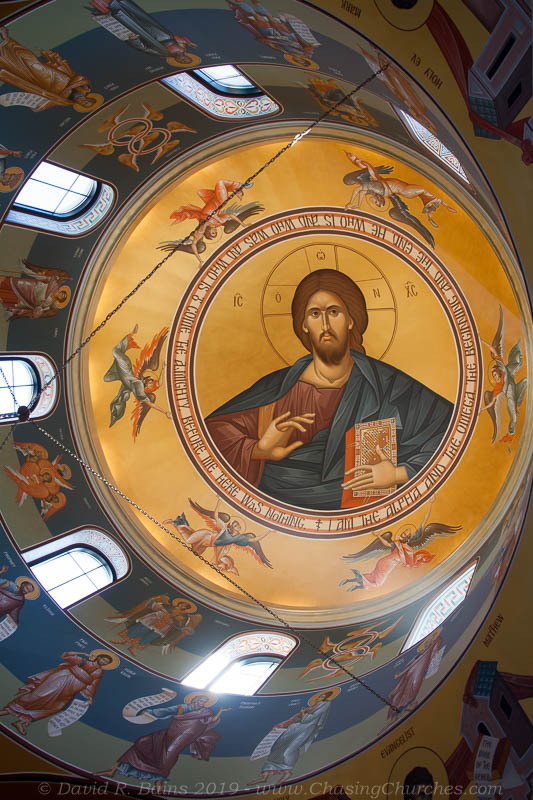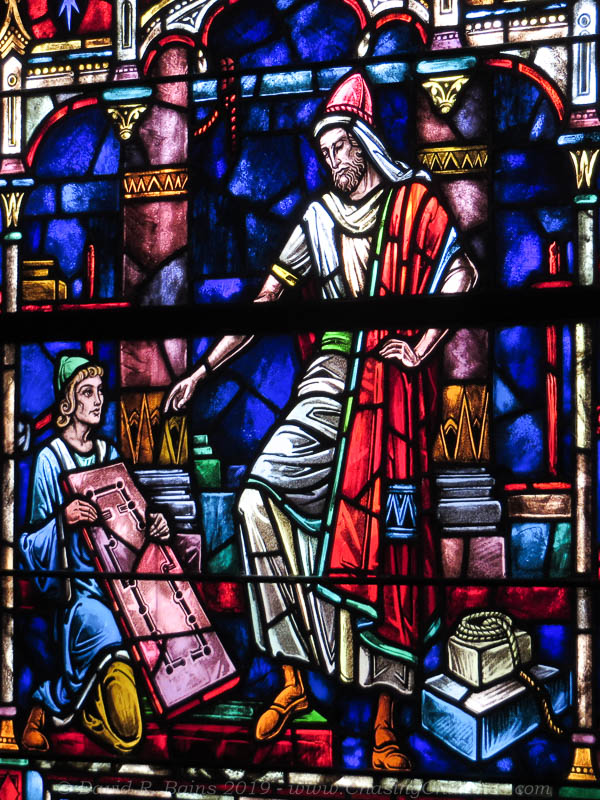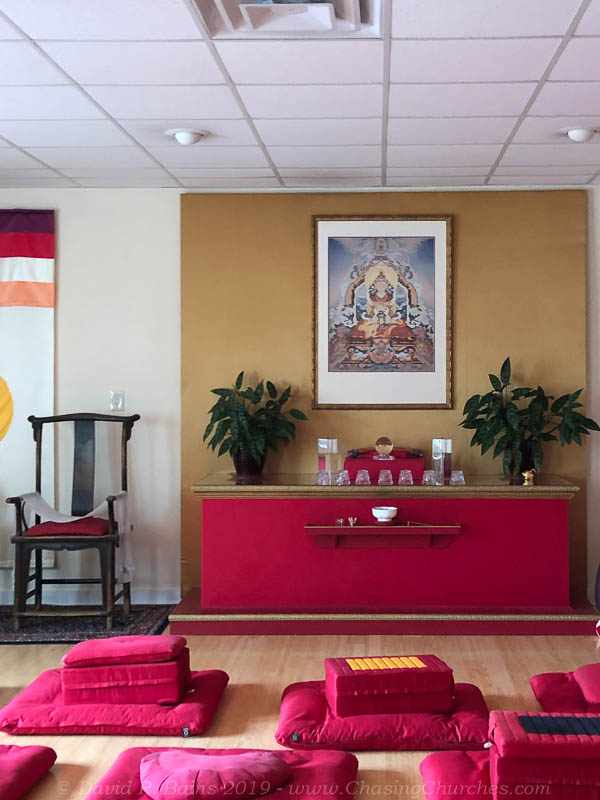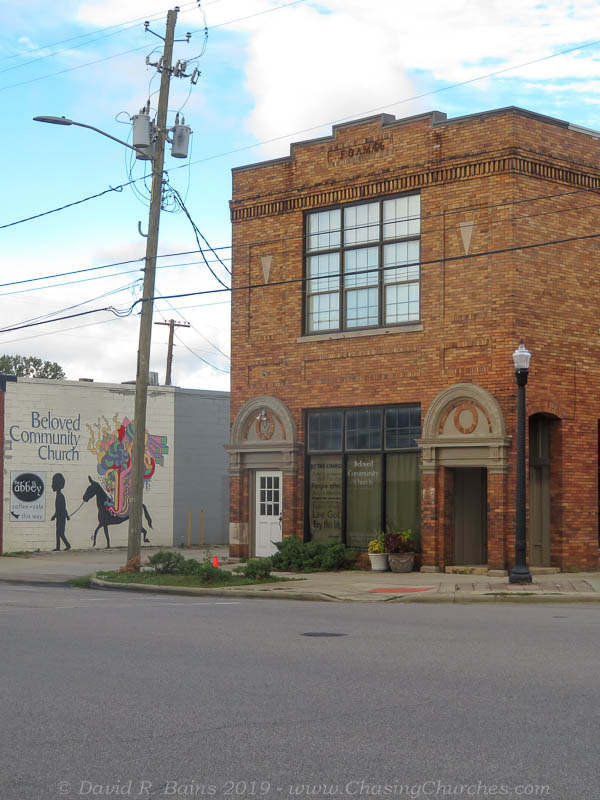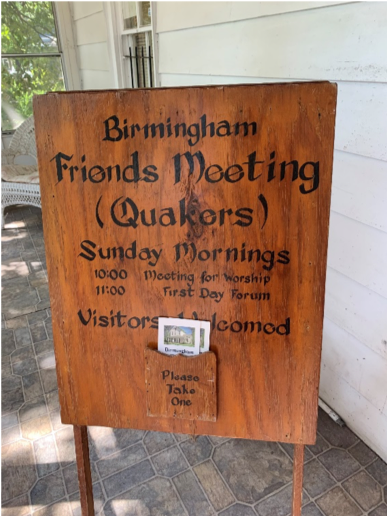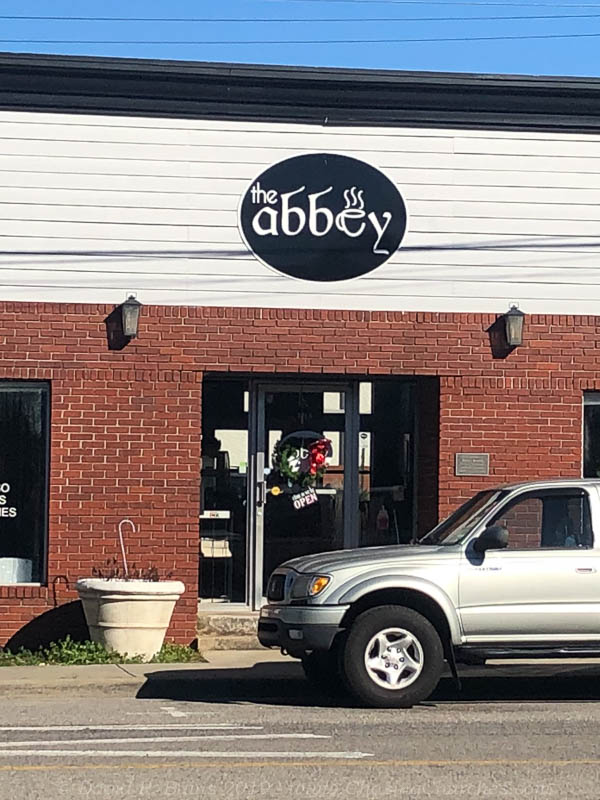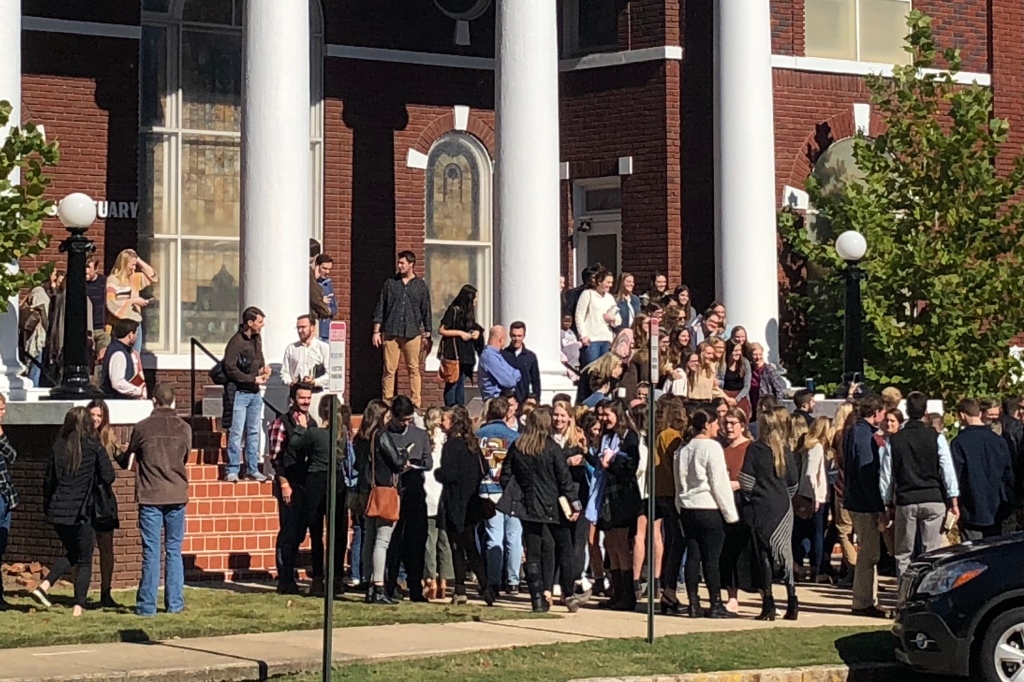Avondale is one of Birmingham’s oldest neighborhoods, at the end of the twentieth century it became one of its most religiously diverse. Quakers, Baha’is, Buddhists, Orthodox Christians, and an interracial congregation of the United Church of Christ all moved into Avondale. It was a liminal space, a borderland, between downtown Birmingham, the well-heeled neighborhood of Forest Park, and poorer, predominately African American neighborhoods.
Centrality, affordability, and a sense of being urban, historic, and multiracial made the neighborhood attractive for these alternatives to typical Birmingham religion. Re-purposing houses, an office suite, a church, and a Masonic hall, they joined Avondale’s historically white and historically black Protestant congregations. Most of these were founded before 1930, some dated to the establishment of the neighborhood in 1887. Yet, even as new congregations moved in, some congregations founded with the neighborhood disbanded. South Avondale Baptist Church closed in 2000. Avondale Presbyterian Church in 2010. Fixity and flux both mark Avondale’s life.
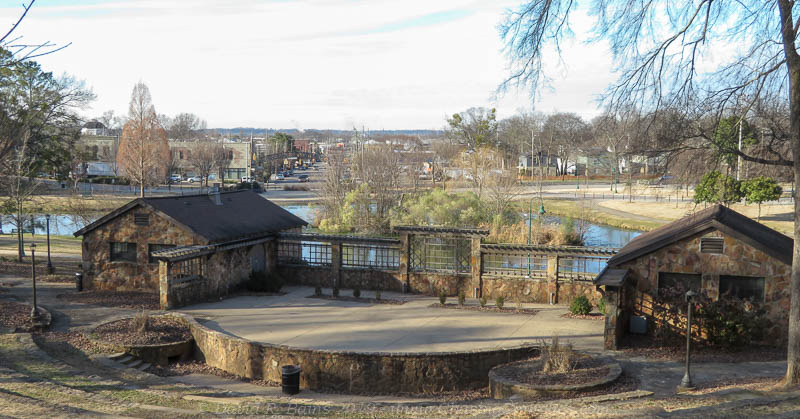
In fall 2019, ten undergraduate religion majors from Samford University worked with me to explore Avondale’s unique religious life. Each researched a handful of sites for a comprehensive annotated map of religion in Avondale. There is lots of information and photographs in it. Check it out! They also each wrote a more detailed essay on a congregation. You can read those here.
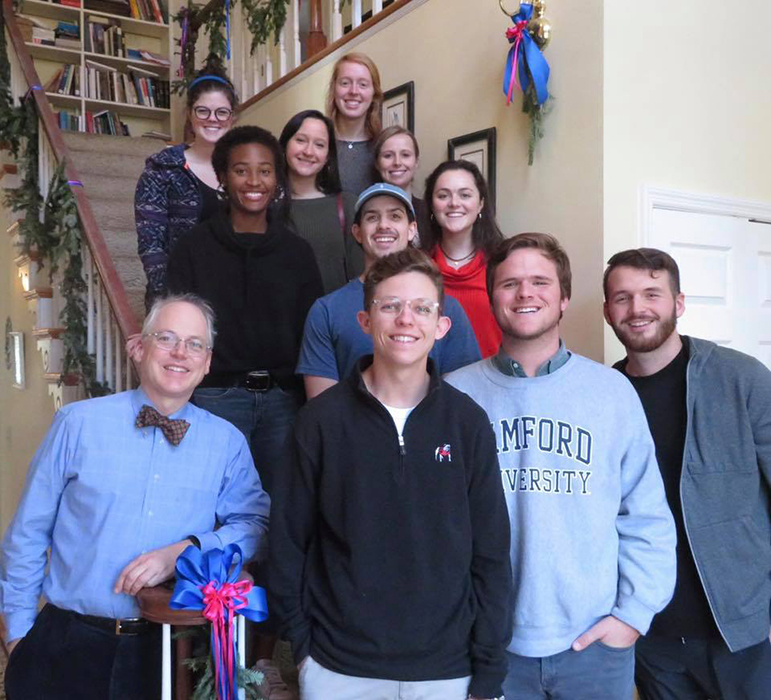
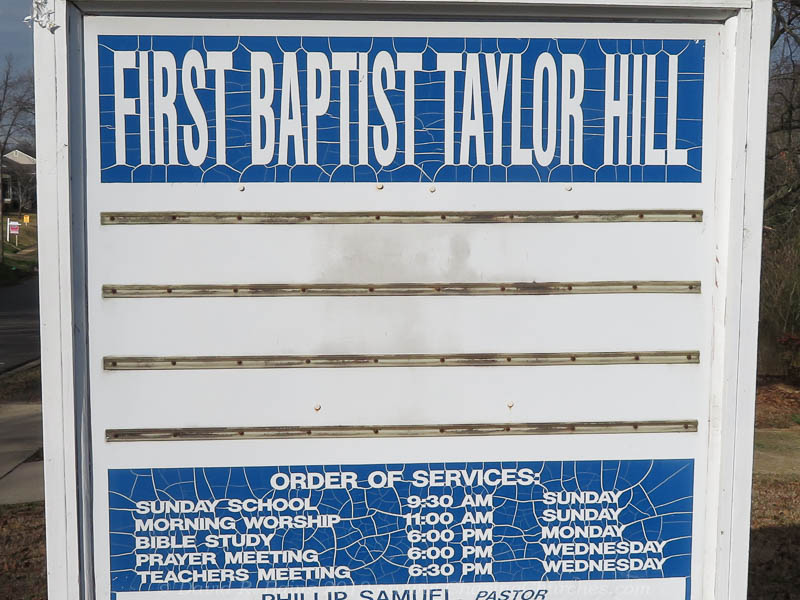
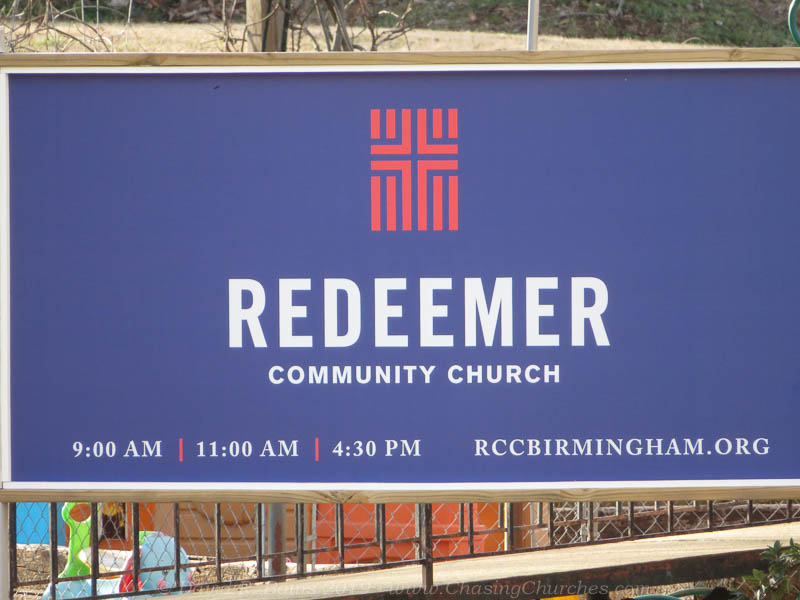
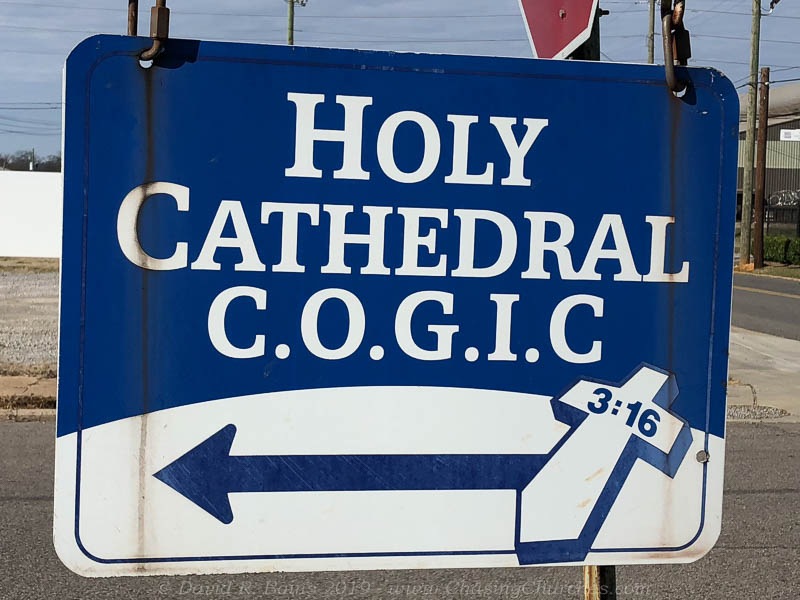
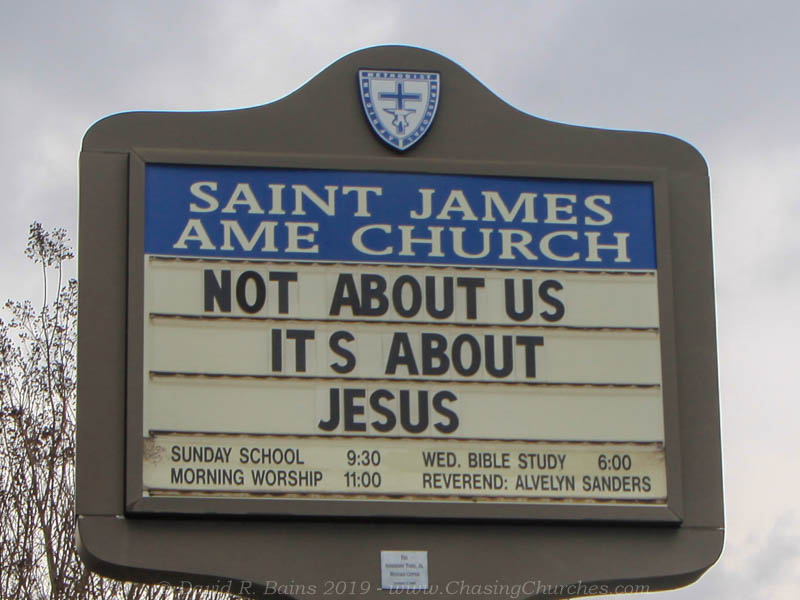
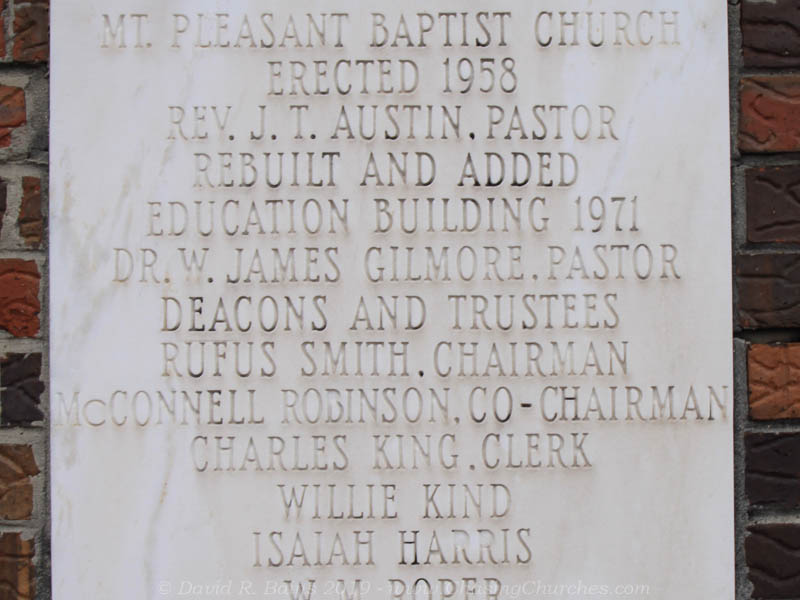
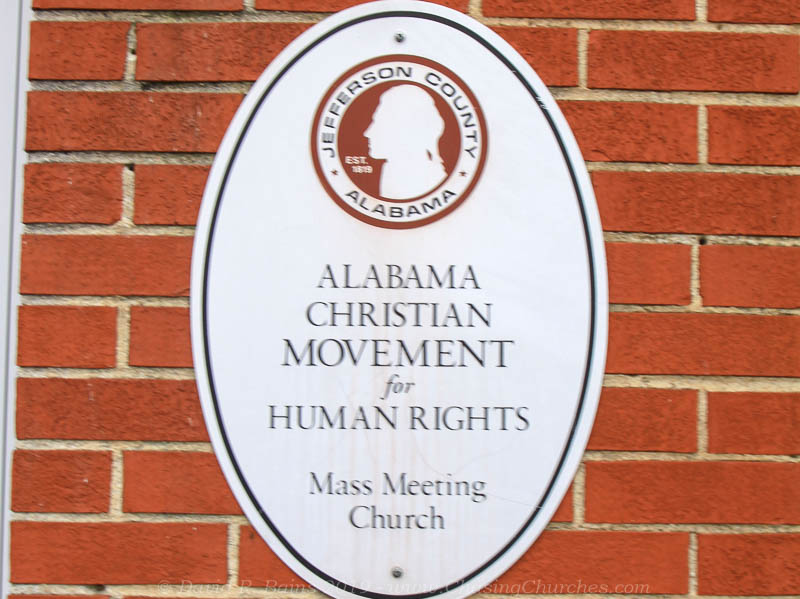
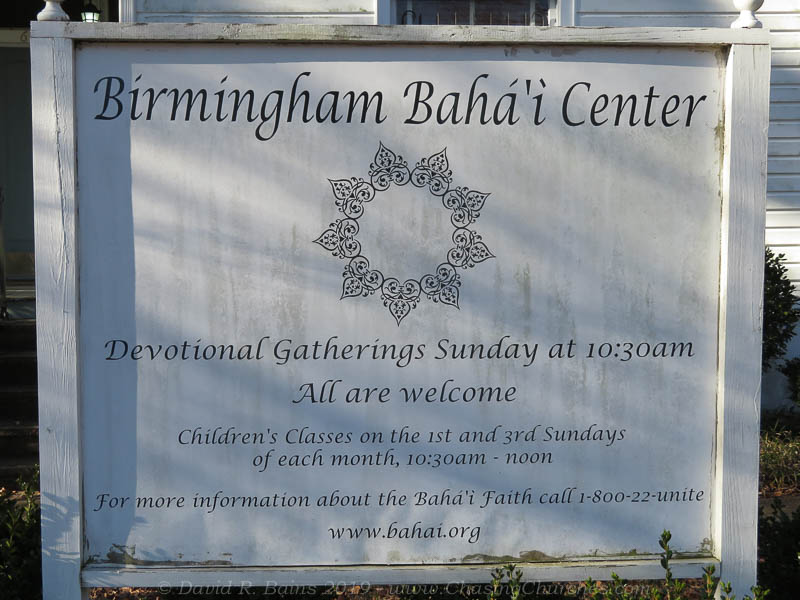
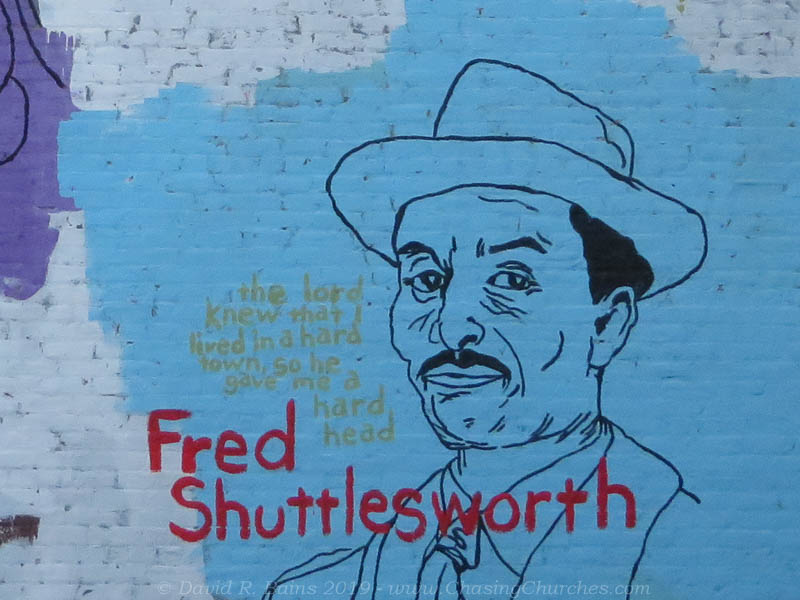
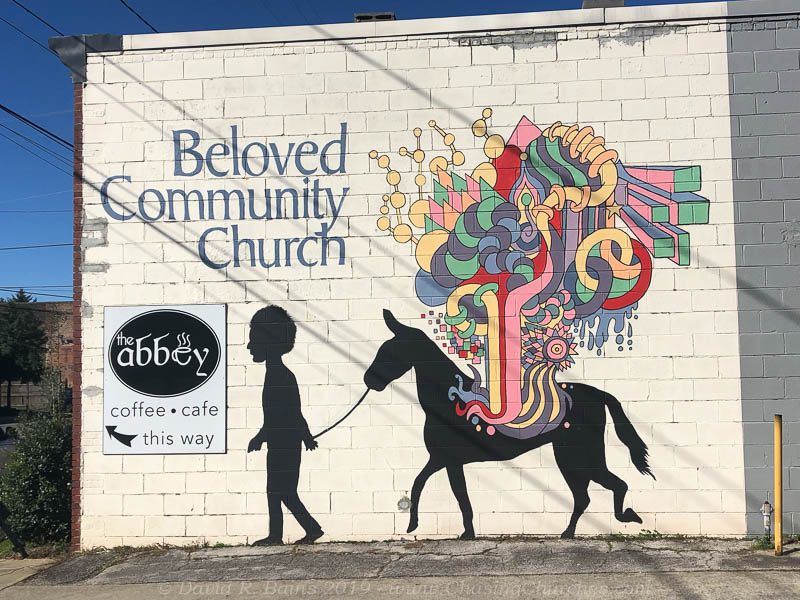
Avondale “Renaissance”
Parts of the neighborhood changed a great deal in the decade prior to our study. The same factors that attracted alternative religious groups made Avondale an ideal location for a microbrewery. In 2010 Avondale Brewery opened in a century-old commercial building on Avondale’s main street. The following year, Alabama legalized brewery tap-rooms–now Avondale has three within its limits, and three more nearby.
The same year, the forty-acre Avondale Park at the south end of the main street was lovingly renovated. Its mountain spring, paved over for decades, now flows visibly down gentle stream. Its 1931 stone amphitheater is restored, its baseball fields improved. By August 2019, over fourteen hip restaurants, breweries, bars, or concert venues lined the four blocks of 41st St. South immediately north of the park.
Many of the same white middle class twenty-somethings who patronized these establishments packed Redeemer Community Church. In 2014, this young evangelical congregation with an urban mission relocated from Woodlawn to the 1916 building of the former South Avondale Baptist Church. Its membership spiked. As we began our study, Redeemer’s dramatic growth had caused it to expand to a fourth Sunday service. Each Easter its members filled the amphitheater to overflowing.
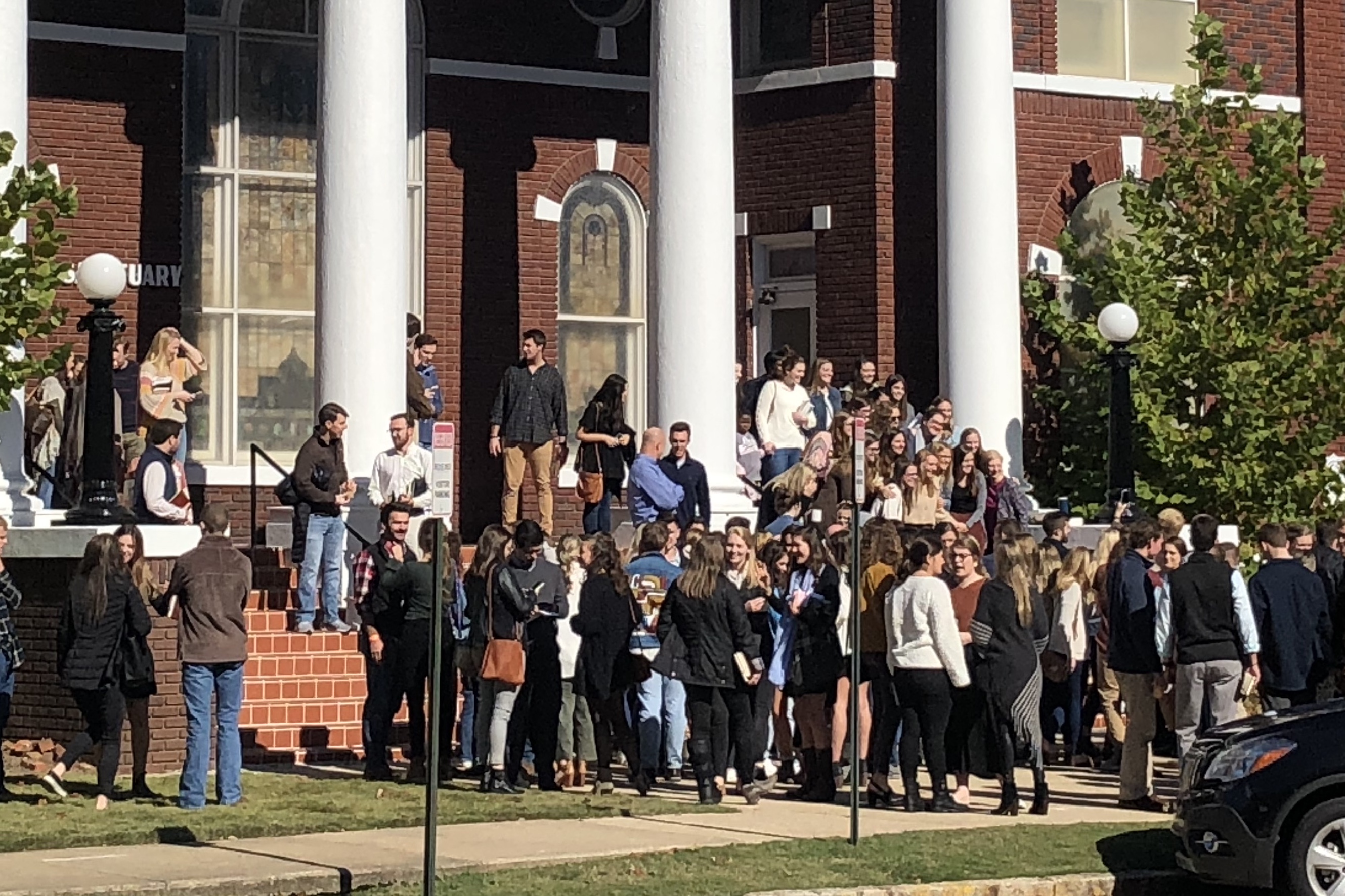
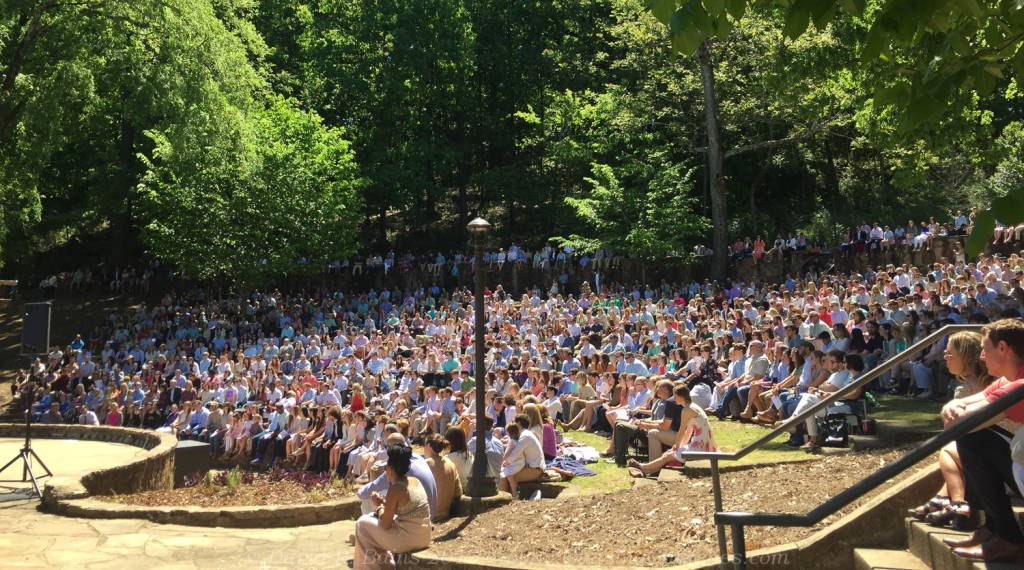
South Avondale’s oldest church, Avondale United Methodist, has a long tradition of Easter sunrise services in the amphitheatre. In recent years they’ve been joined by a diverse group other neighborhood churches.
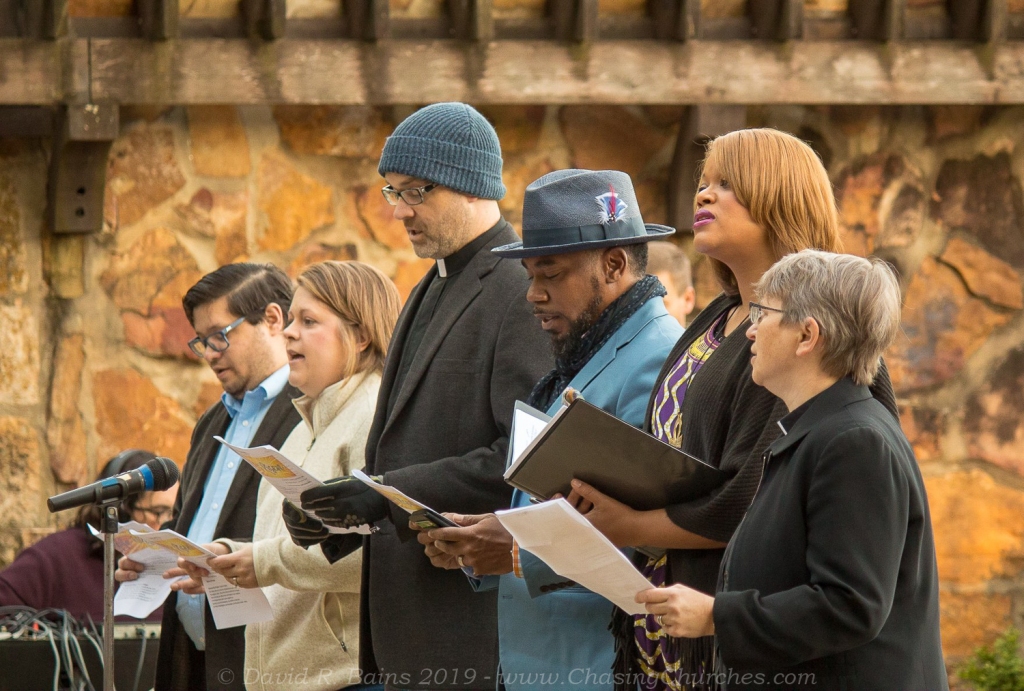
Avondale beyond 41st Street
From the beginning of our study we sought to look beyond the popular 41st Street corridor to all of Avondale by defining our subject area as a one mile radius from the intersection of 3rd Ave. S. (US-78) and 41st Street. This radius includes all three official Birmingham neighborhoods with Avondale in their names, as well portions of some other neighborhoods to the east. Created as part of the city’s Citizen Participation Plan, the neighborhood’s boundaries reflect long-standing sociological divisions in Birmingham’s life.
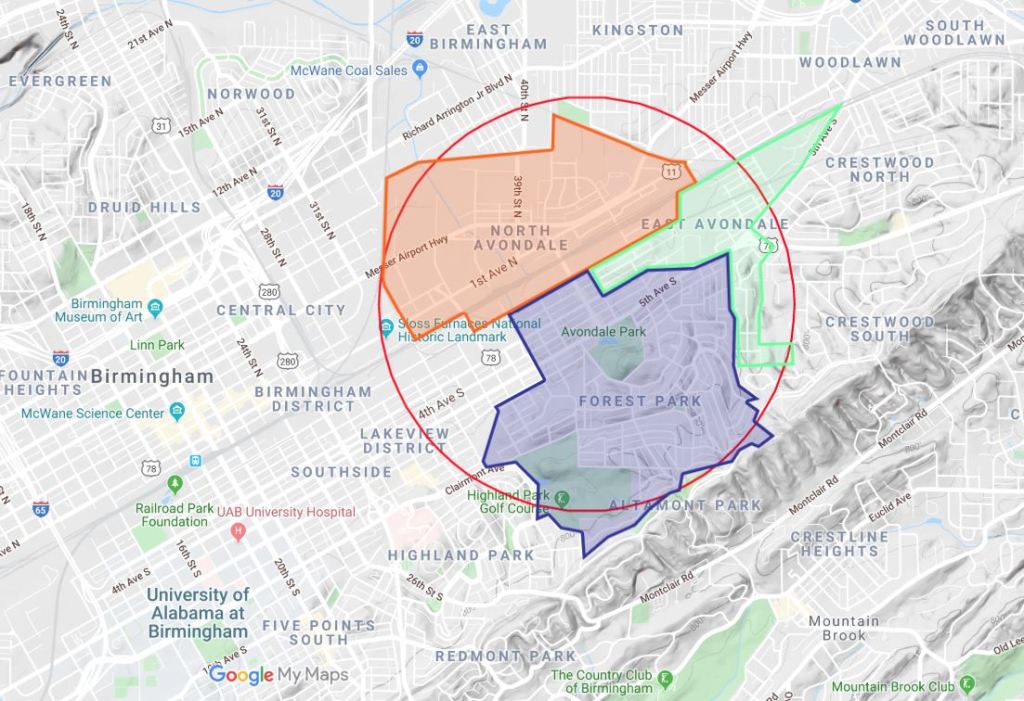
A tour at the beginning of our course took us to all parts of the neighborhood from the site of the first Alabama-Auburn football game on Clairmont Avenue to Stockham Park where in 1934 George Taylor was shot to death in one of the last racial terror lynchings documented in Birmingham.
The Forest Park – South Avondale neighborhood is largely residential, white, and upper-middle-class, particularly in Forest Park, a neighborhood of many lovingly maintained historic homes south of Avondale Park. East Avondale is largely African American and less wealthy. Much of North Avondale is industrial, the largest group of residences are in Tom Brown Village, a public housing community built in 1961.
The various parts of this greater Avondale neighborhood have experienced the changes of the past decade quite differently. The gentrification along 41st Street South has led to rising real estate values throughout South Avondale and into East Avondale. This has priced out some long-term residents forcing them to move to distant suburbs. What some have experienced as the exciting rebirth of the neighborhood, others experience as loss. As a 2014 article news article put it, it has raised the question “Who is Avondale for?” (Lewellen 2014).
North of the railroad tracks, the Avondale renaissance has had a smaller impact. The cotton mill and mill village that once defined the neighborhood have long disappeared. A number of African American Baptist and Methodist congregations endure. A mural painted at the entrance to the neighborhood on 41st Street in 2019 by Vincent Rizzo proclaims hopefully, “North Avondale Rocks.”
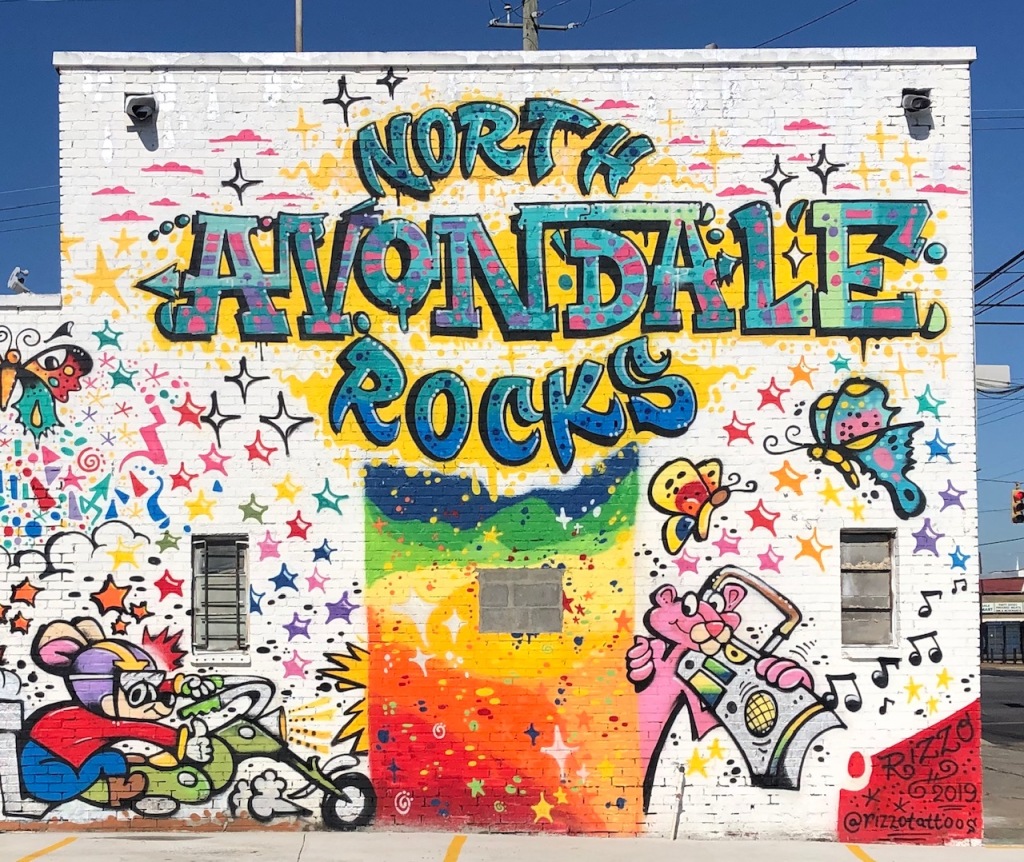
Adjacent to Tom Brown Village, the new Carol William Hayes K-8 school opened in 2012 replacing the high school of the same name that was built for African Americans on the same site in 1961. Yet this school has been on the state’s list of “failing” schools for the past seven years (Crain 2019).
“Magic and Tragic”
A regular column in a former Birmingham newspaper was called “Magic & Tragic.” We’ve named this site “Magic City Religion” after Birmingham’s most famous promotional name. But religion also encompasses tragedy. Midway through our study on October 12, 2019, three-year old Kamille “Cupcake” McKinney was kidnapped from a birthday party in Tom Brown Village. Ten days later the depth of this heart-wrenching crime was revealed when her lifeless body was found in a dumpster. St. James’s A.M.E. Church located next to Tom Brown Village opened its doors the next day for prayer. On Sunday, October 27, her funeral was held at New Beginnings Christian Ministry, a congregation in that once met in Kingston, just north of Tom Brown Village. Her body was borne to Elmwood Cemetery where it traveled its last mile on a white, horse-drawn carriage.
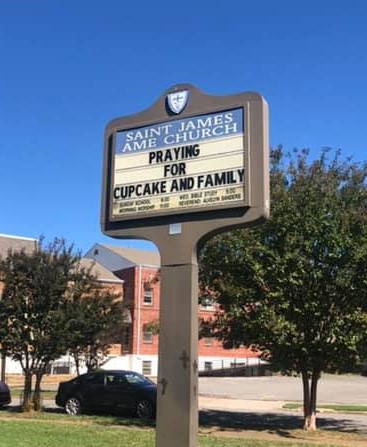
Throughout this project, we’ve come back to a definition of religions offered by Thomas A. Tweed, it states that religions “celebrate joys and confront sufferings by drawing on human and suprahuman forces to make homes and cross boundaries” (2006). In Avondale’s religious life there are many joys and sufferings, much that is magic and much that is tragic. In the profiles below, we’ve endeavored to illuminate some of the homes Birmingham’s religious communities have made in this neighborhood as they seek to cross the boundary to a better tomorrow.
Links to Essays on Congregations
A few sources for further information
Browne, Catherine Greene. 2007. History of Avondale. Birmingham, AL: Cather.
Jefferson County Memorial Project Fellows. 2019. Jefferson Country’s 30 Residents. Birmingham, AL: Jefferson County Memorial Project Report. https://jeffersoncountymemorial.com/30-victims/.
Lewellyn, Walter. 2014. “Who Is Avondale For?” Weld: Birmingham’s Newspaper. March 25, 2014. https://weldbham.com/blog/2014/03/25/who-is-avondale-for/.
Sanders, Jennifer. 2018. An Open Dialogue on the Impacts of Gentrification in Birmingham. UAB School of Public Health – OPHP. Video recording of lecture. Birmingham, AL: University of Alabama at Birmingham School of Public Health. https://www.youtube.com/watch?v=3BxslrKbWok.
Tweed, Thomas A. 2006. Crossing and Dwelling: a Theory of Religion. Cambridge, MA: Harvard University Press.
Posted November 10, 2019, revised May 2, 2020.
